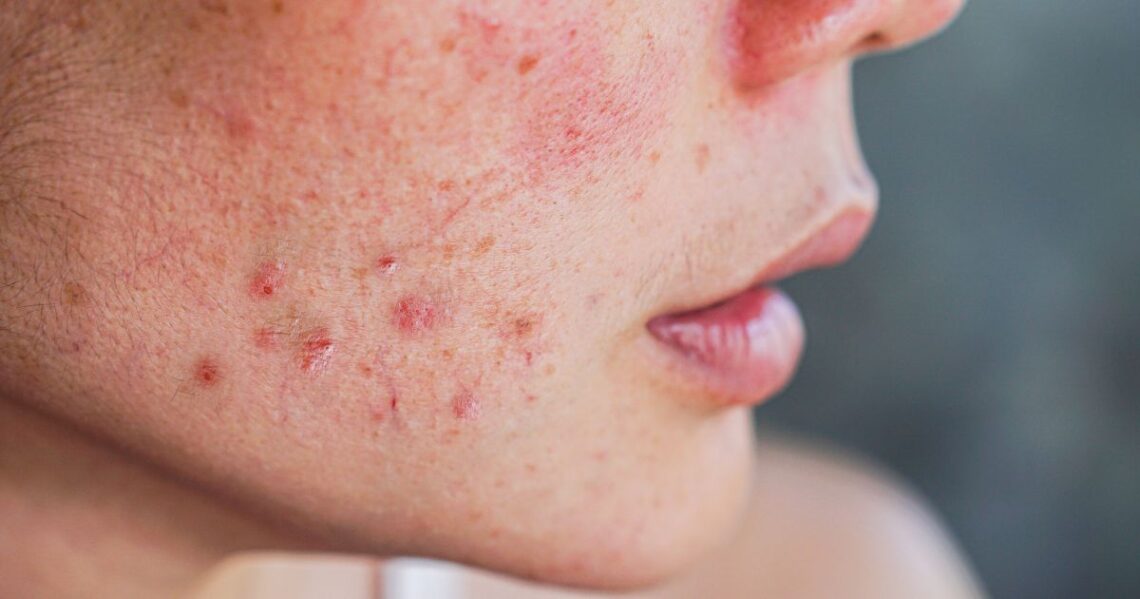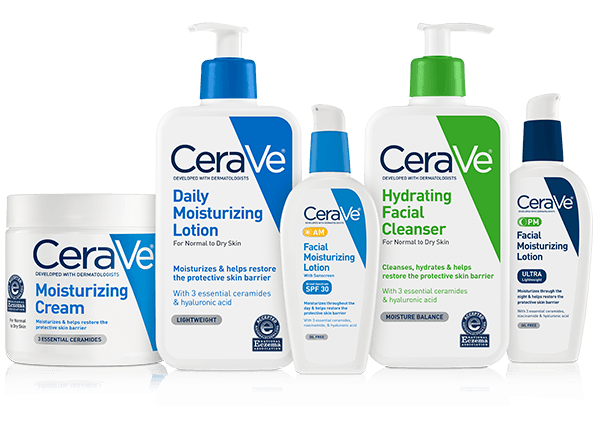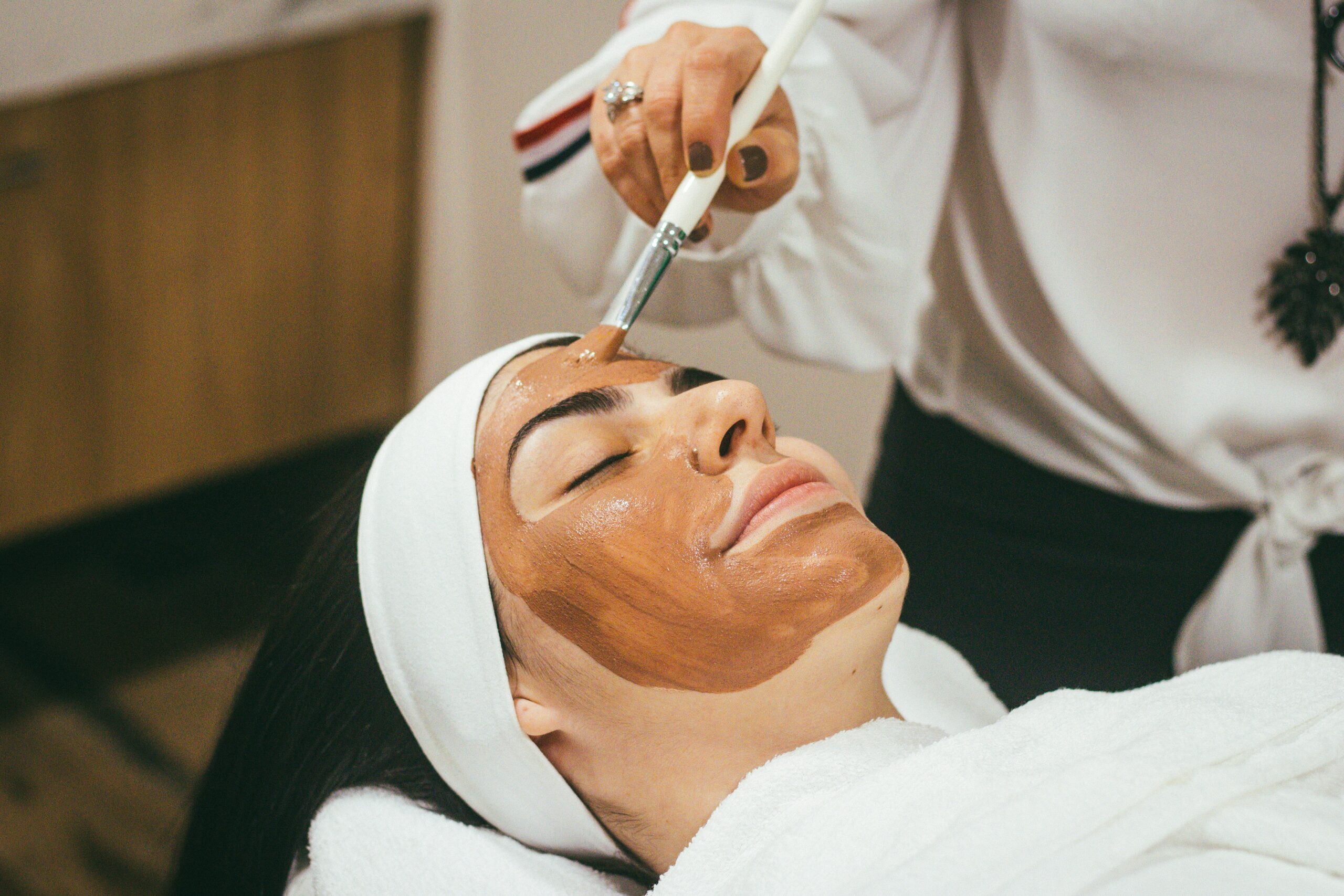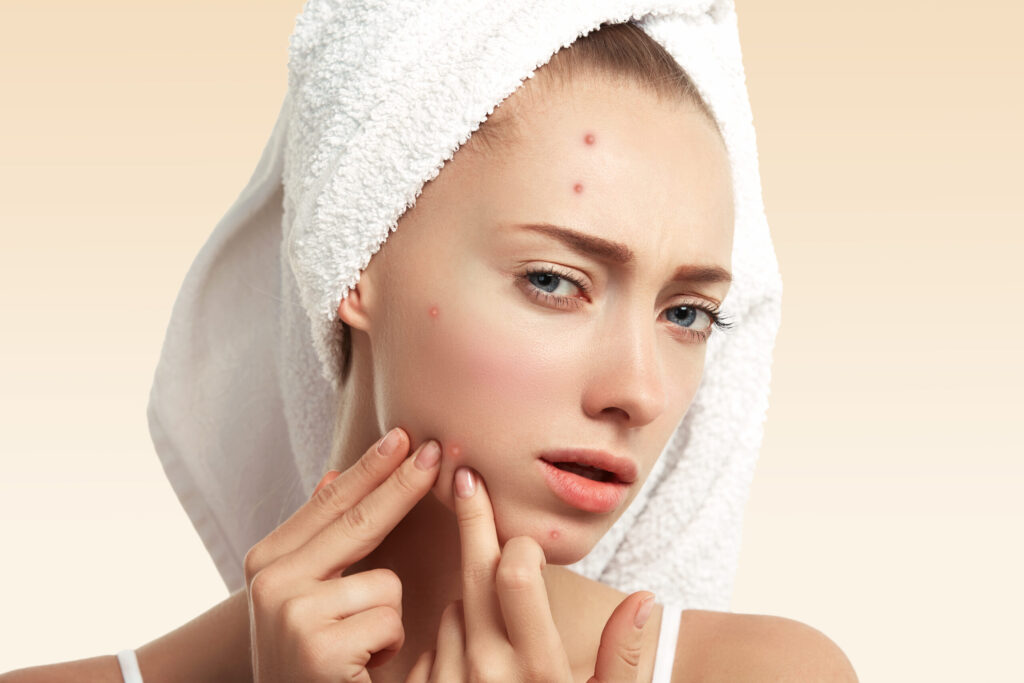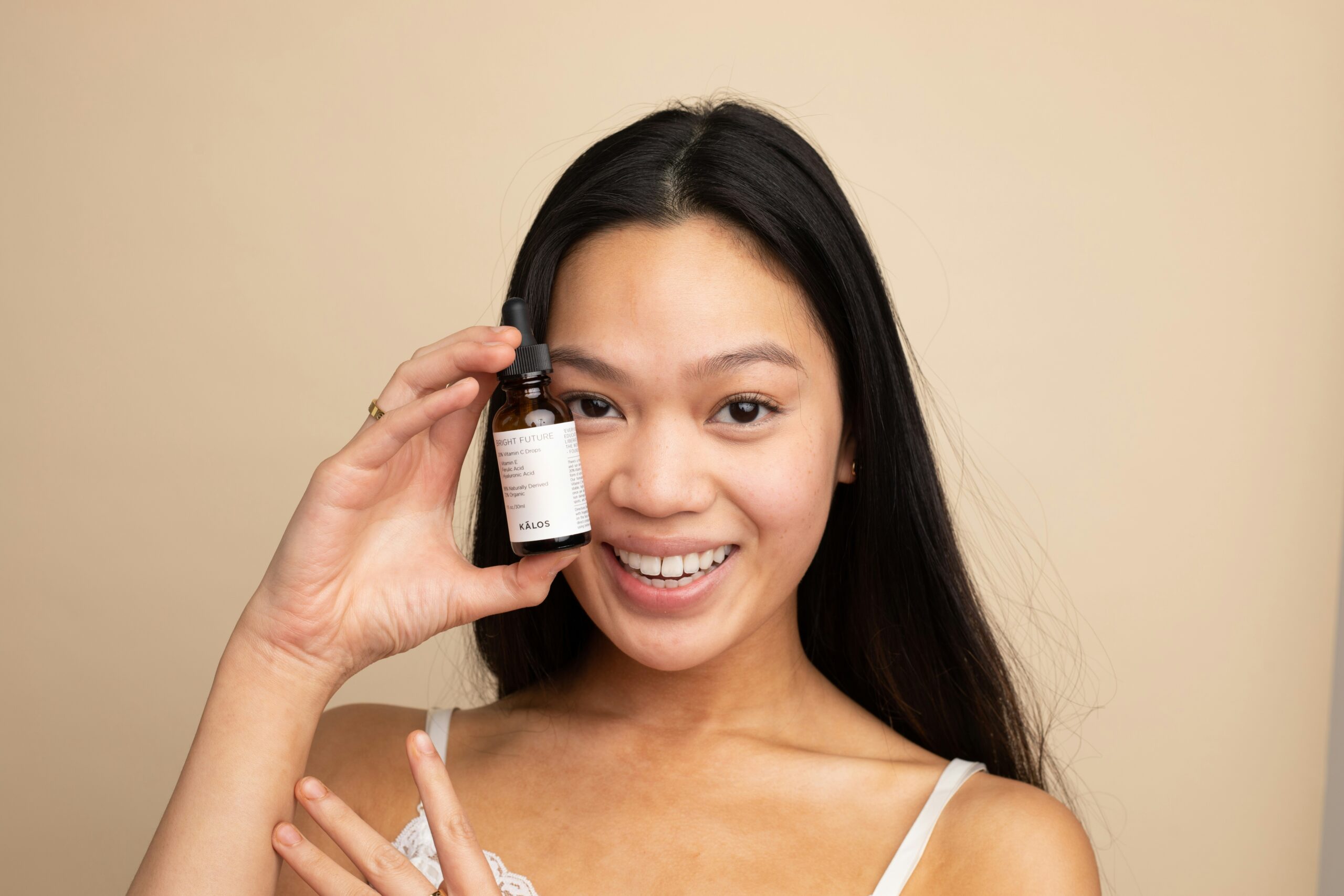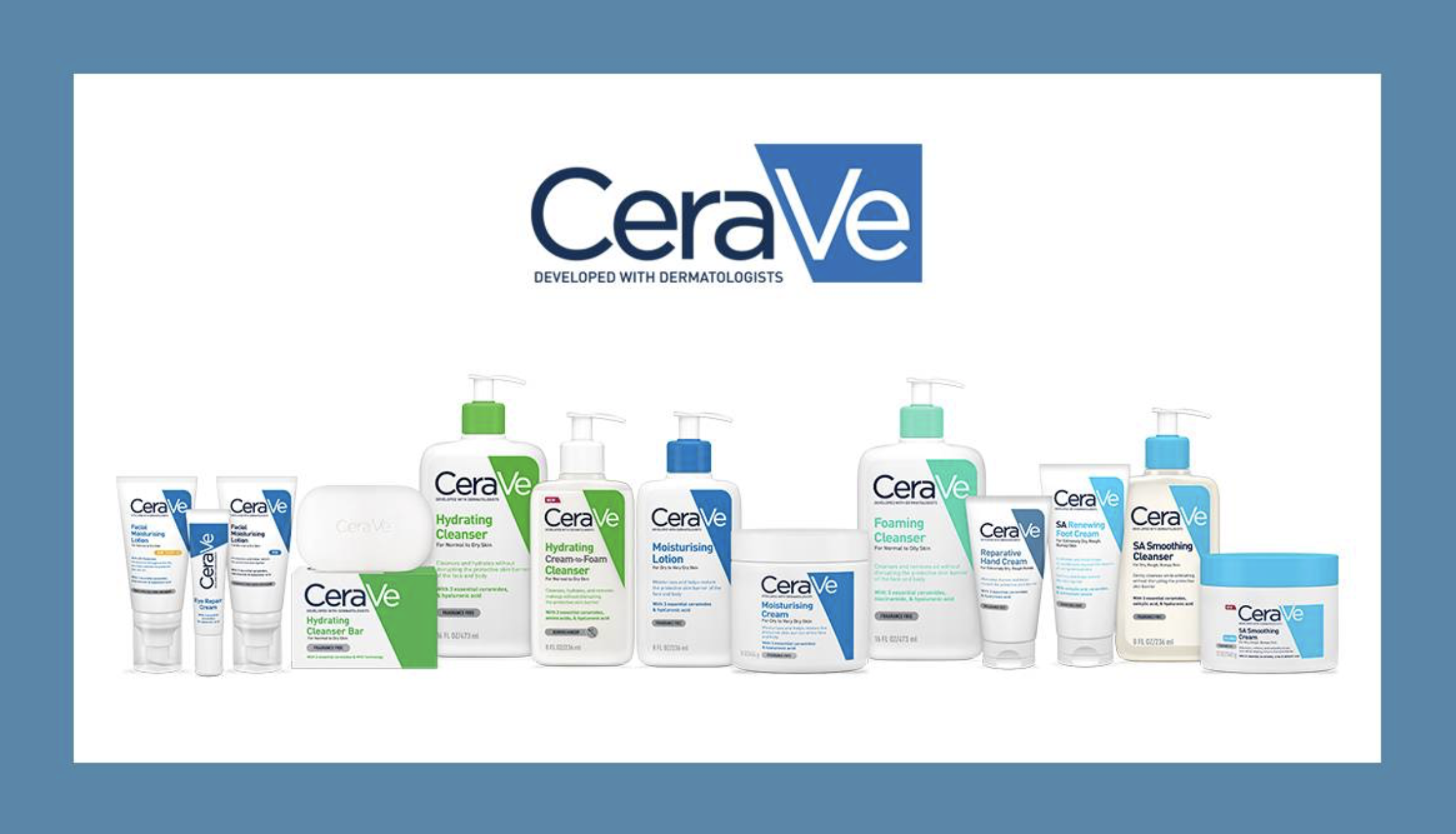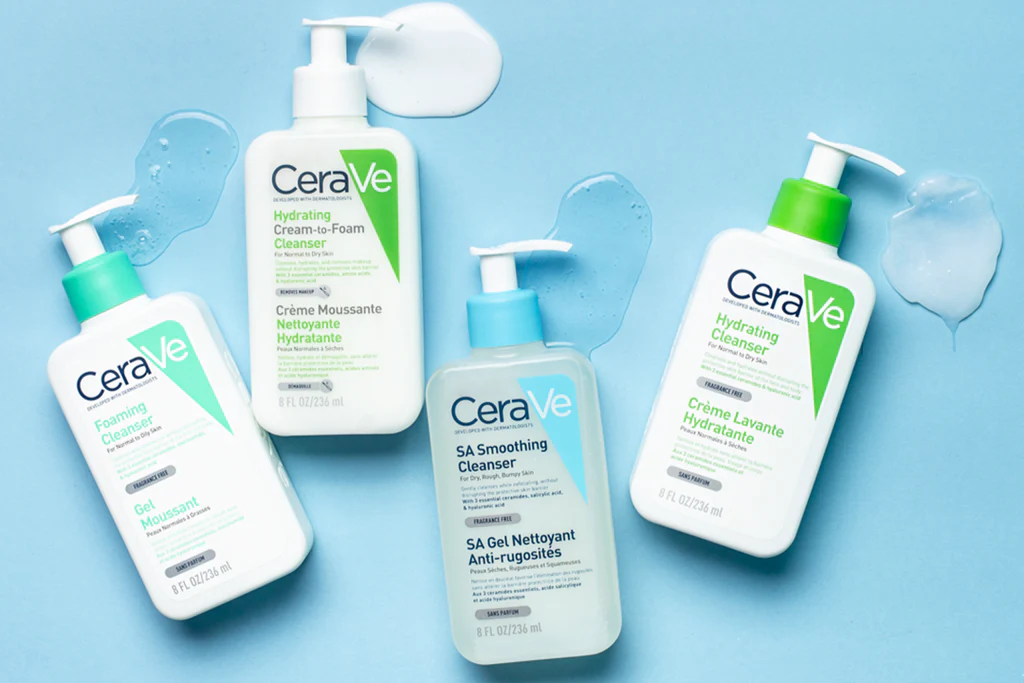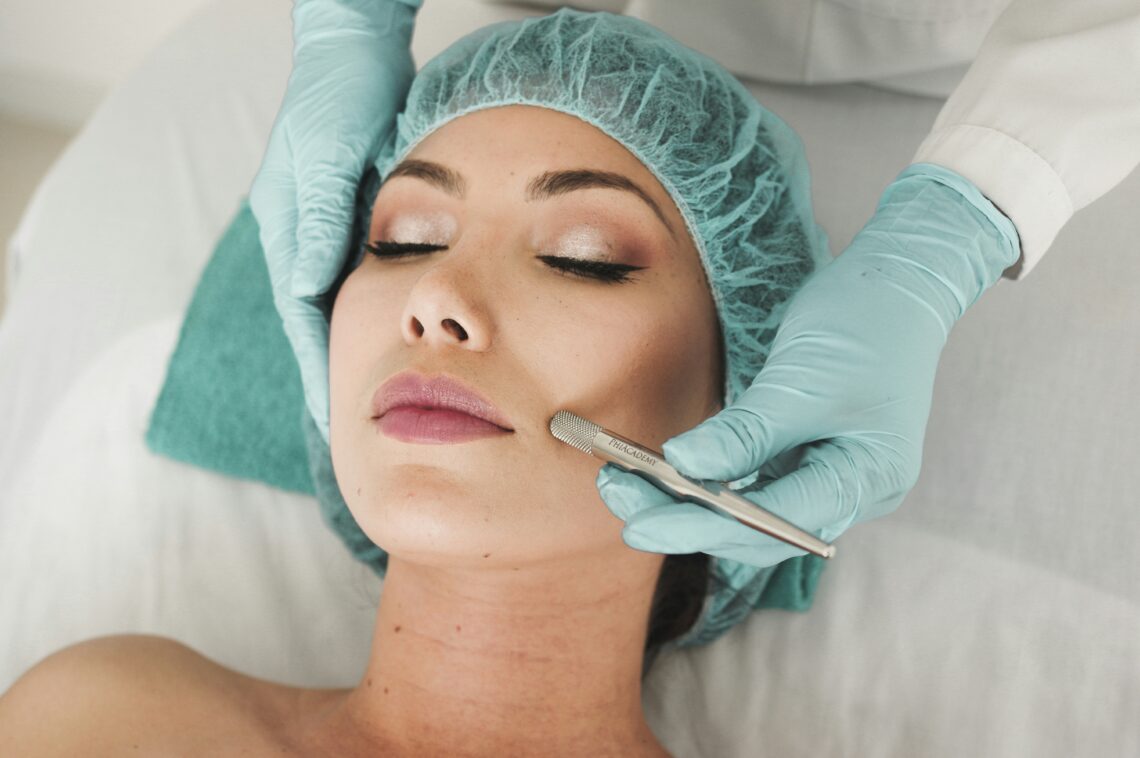If you’ve ever searched for gentle skincare options, you’ve probably come across CeraVe and Cetaphil, two of the most recommended brands by dermatologists. Both are fragrance-free, non-comedogenic products that cater to sensitive and acne-prone skin. But when it comes to choosing the right cleanser or moisturizer for breakouts, which brand truly delivers? In this comparison of CeraVe vs Cetaphil for acne, we’ll break down ingredients, effectiveness, and skin type compatibility to help you decide which one deserves a spot in your skincare routine.
Key Acne-Fighting Ingredient Breakdown
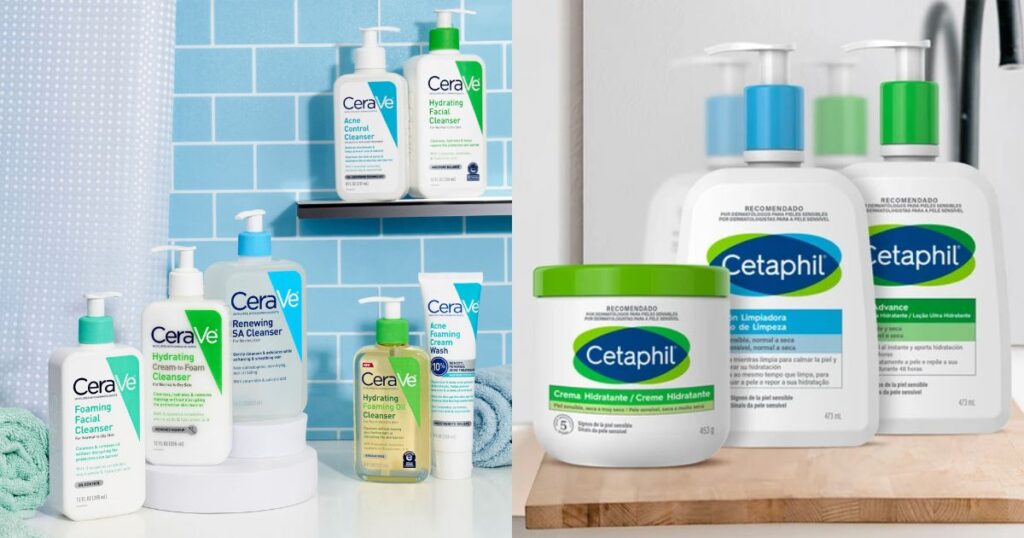
When it comes to ingredients that actively target acne, CeraVe stands out with its inclusion of niacinamide, a powerful anti-inflammatory that helps calm redness and irritation, and ceramides, which repair and strengthen the skin’s protective barrier. Some CeraVe products, like the SA Cleanser, also feature salicylic acid, a beta hydroxy acid that gently exfoliates the skin and unclogs pores, making it highly effective for acne-prone skin. On the other hand, Cetaphil takes a gentler approach. Its formulations focus more on hydration and soothing, using ingredients like glycerin and panthenol. While Cetaphil may not contain strong acne-fighting actives, it’s an excellent option for those with sensitive skin who need a calming routine that won’t cause further irritation.
How CeraVe and Cetaphil Perform for Different Skin Types, and Product Texture
CeraVe
CeraVe is especially well-suited for those with oily or combination skin that is prone to breakouts. Its formulas often include niacinamide and ceramides, which help calm inflammation and support the skin barrier, crucial for acne-prone complexions. For individuals dealing with moderate acne, CeraVe’s salicylic acid-based products like the SA Cleanser can help clear pores without over-drying the skin. Texture-wise, CeraVe offers a range of options, including foaming, gel, and cream cleansers, making it easier to find a product that matches your skin’s specific needs. The foaming formulas are particularly refreshing and tend to leave the skin feeling clean but not stripped.
Cetaphil
Cetaphil shines when it comes to dry or sensitive skin, especially for users dealing with mild acne or general irritation. Its products are designed to be as non-irritating as possible, often excluding harsh actives and instead focusing on soothing ingredients like panthenol and glycerin. These help maintain moisture without clogging pores. In terms of texture, Cetaphil products are known for their gentle, creamy feel. Many of their cleansers have a lotion-like consistency that leaves the skin feeling soft and hydrated, with little to no residue—ideal for users who want a no-fuss, calming skincare experience.
Effectiveness for Acne: Which Brand Delivers Better Results?
When it comes to treating acne, CeraVe tends to have the upper hand. For example, salicylic acid, niacinamide, and ceramides all play important roles in managing breakouts and supporting skin recovery. Products like the SA Cleanser and Acne Foaming Cream Cleanser are widely recommended by dermatologists. They help unclog pores and reduce inflammation while being gentle enough to avoid over-drying the skin. In Healthline.com, highlights that ceramide-rich moisturizers help repair the skin barrier and reduce irritation from acne treatments. A 2023 clinical study published in The Journal of Drugs in Dermatology found that using a ceramide-containing cleanser and moisturizer alongside adapalene/benzoyl peroxide gel led to improved skin hydration, lower irritation, and even fewer acne lesions compared to a standard regimen. In short, the evidence points to CeraVe’s ceramide-based formulas as both acne-fighting and skin-restoring, making them a smart choice for those seeking clear skin without compromising skin health.
Cetaphil is widely chosen for its gentle, non-irritating formulas, making it an excellent option for individuals with very sensitive skin or mild acne. A study published in the Journal of Dermatological Treatment found that Cetaphil Gentle Skin Cleanser had excellent tolerability, did not disrupt the skin’s lipid barrier, and was well-suited for sensitive or compromised skin. Notably, the study also suggested that Cetaphil Gentle Skin Cleanser may be a beneficial part of a rosacea skincare regimen, further highlighting its versatility in managing delicate skin conditions. While Cetaphil may not actively target breakouts, it plays an important supportive role in acne routines by preserving barrier health and preventing further irritation.
CeraVe vs Cetaphil For Acne: Pros & Cons
CeraVe
Pros
- Contains active ingredients like salicylic acid and niacinamide that directly target acne.
- Ceramide-rich formulas help restore and protect the skin barrier, making it ideal for irritated or compromised skin.
- Offers a wide variety of cleansers and moisturizers tailored to oily, acne-prone, and combination skin types.
Cons
- Some formulas may feel too rich or heavy, especially for users with very oily skin.
- The inclusion of actives may cause mild irritation for extremely sensitive users if not introduced gradually.
Cetaphil
Pros
- Exceptionally gentle and well-tolerated, even on highly sensitive or rosacea-prone skin.
- Excellent for maintaining skin comfort during retinoid or prescription acne treatments.
- Affordable and easy to find in most drugstores.
Cons
- Lacks strong acne-fighting ingredients like salicylic acid or benzoyl peroxide.
- May not provide noticeable results for those with moderate to severe acne unless used alongside actives.
CeraVe vs Cetaphil For Acne: Which Should You Choose?

Choosing between CeraVe and Cetaphil depends largely on your skin type and acne severity:
- Choose Cetaphil if your skin is very sensitive, dry, or you’re already using strong prescription acne treatments and want to avoid further irritation.
- Choose CeraVe if you have moderate acne, oily skin, or you’re looking for ingredients like salicylic acid or niacinamide that actively combat breakouts.
💡 Expert Tip from Dr. Skincare
“For acne-prone skin, always pair your cleanser with a non-comedogenic moisturizer and apply a broad-spectrum SPF daily. Treating acne isn’t just about what you remove from your skin—it’s also about how well you protect and support it.”
CeraVe is generally more effective for moderate acne due to ingredients like salicylic acid and niacinamide. Cetaphil is better suited for sensitive or dry skin with mild acne.
CeraVe Foaming Facial Cleanser is better for oily and acne-prone skin, while Cetaphil Gentle Skin Cleanser is more suitable for dry or reactive skin types.
Yes. CeraVe is formulated with ceramides and is fragrance-free, making it a good option for sensitive, acne-prone skin.
Cetaphil can support acne care by calming the skin and reducing dryness, especially during prescription treatments. However, it doesn’t contain active ingredients that treat acne directly. acne by gently cleansing the skin without irritating it, though it lacks acne-fighting actives.
The Best of CeraVe Products
CeraVe has become a staple in most skincare enthusiasts’ routine and for a good reason. Developed with the support of…
Affordable Derm-Recommended Skincare for Dry and Sensitive Skin
Does affordable skincare actually work? Yes – if you choose the right skincare products that are suitable for your skin type….
Preventing Pimples: A Complete Guide To Acne
Frustrated about all the red blemishes marring your skin or struggling with massive acne breakouts? Pimples and acne are two…
10 Products to Repair the Skin Barrier
You might have read the words ‘skin barrier’ on a skincare product’s packaging. One thing that most skincare products have…
CeraVe: Which Is The Best CeraVe Cleanser For You?
CeraVe has become a recognisable brand in the world of skincare with its products ranging from cleansers to moisturisers to…
CeraVe Cleanser: The Ultimate Guide for Perfect Skin
A clear and radiant complexion starts with a solid skincare routine, and at the heart of it lies a reliable…

